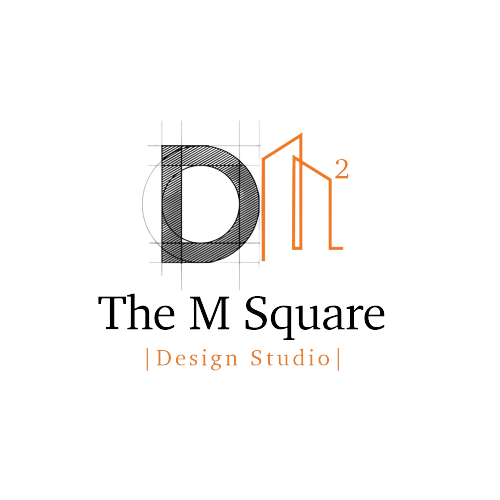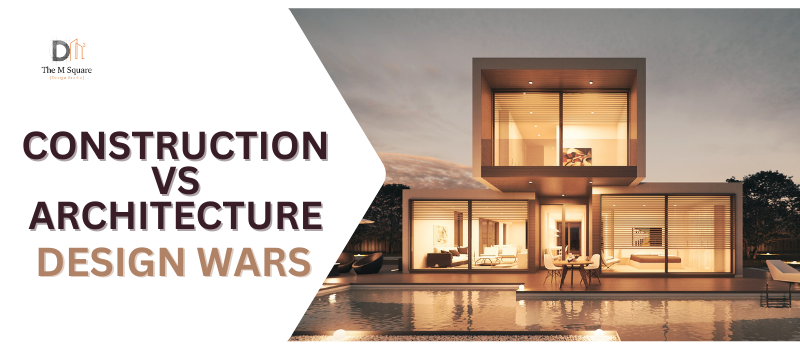Understanding the Design Wars: Construction vs Architecture
In the world of design, two giants clash: Construction and Architecture. Each plays a pivotal role, yet they dance on the delicate line between practicality and aesthetics. Let’s delve into the heart of this clash and explore how they shape the spaces we inhabit.
Construction: Building the Foundation
Construction is the backbone of any project, the hands that bring blueprints to life. It’s about the nuts and bolts, the physical manifestation of dreams. Whether it’s towering skyscrapers or cozy homes, construction turns plans into reality.
However, it’s not all about bricks and mortar. Construction services involves intricate planning, skilled labor, and the orchestration of various elements. It’s the silent hero, laying the groundwork for the architectural spectacle that follows.
Architecture: The Symphony of Form and Function
Enter architecture services, the maestro conducting the symphony of form and function. It’s the artistic expression that transforms a mere structure into a living, breathing masterpiece. Architects blend creativity with functionality, crafting spaces that evoke emotion and purpose.
Architects sketch, design, and breathe life into spaces. They consider aesthetics, user experience, and sustainability, creating structures that stand as testaments to human ingenuity. Architecture is the soul that gives buildings character.
The Role of Construction in the Built Environment
Construction is the backbone of the built environment, ensuring that architectural designs become tangible structures that shape our surroundings. It involves the physical realization of designs, translating blueprints and plans into functional and aesthetically pleasing buildings. Construction requires skilled labor, precise coordination, and adherence to safety regulations to bring architectural visions to life. Collaborating closely with architects, construction teams play a crucial role in transforming ideas into livable spaces that serve the needs of individuals and communities.
The Role of Architecture in Construction
Architecture is not just about aesthetics; it is about functionality and purpose. Construction focuses on the technical aspects of bringing a design to life, while architecture considers the overall vision and concept. The collaboration between architects and construction teams is crucial to ensure that a building is not only structurally sound but also visually appealing. Architects bring creativity and innovation to the table, challenging construction norms and pushing boundaries. The careful balance between the art of architecture and the science of construction results in iconic and functional structures that stand the test of time.
The Intersection of Construction and Architecture
- Construction and architecture often intersect, creating a dynamic relationship where design and implementation meet.
- Architects bring aesthetic vision and functionality to a project, while construction professionals ensure that the vision becomes a reality.
- Collaboration between architects and construction teams is essential for successful projects, balancing creativity with feasibility.
- With advancements in technology, the integration of construction and architecture continues to evolve, pushing boundaries and creating innovative structures.
The Impact of Technology on Construction and Architecture
Technology has revolutionized the way construction and architecture operate.
- From 3D modeling software to drones for site surveys, technology has enhanced precision and efficiency in both fields.
- Building Information Modeling (BIM) software allows for better collaboration and coordination among construction and architecture teams.
- Virtual Reality and Augmented Reality tools provide immersive experiences for clients to visualize designs before construction begins.
- Sustainable building practices, such as green materials and energy-efficient designs, are promoted through technological advancements.
- Prefabrication and modular construction techniques have been optimized through automation and robotics, reducing construction time and costs.
Sustainability in Construction and Architecture
Sustainable practices in construction and architecture. Emphasis on energy efficiency and green building materials. Integration of renewable energy sources like solar panels. Minimization of environmental impact through thoughtful design. Importance of LEED certification for sustainable buildings
Challenges and Controversies in Construction and Architecture
- Budget Constraints:
Balancing design aspirations with financial limitations can pose a significant challenge in both construction and architecture projects.
- Regulatory Compliance:
Navigating complex building codes and regulations can lead to disputes between construction teams and architects over design feasibility.
- Quality Control:
Ensuring that construction materials and methods meet architectural standards can be a point of contention between the two disciplines.
- Innovation vs. Tradition:
The clash between avant-garde architectural designs and traditional construction practices often sparks debates within the industry.
The Future of Construction and Architecture
- New technologies such as 3D printing and modular construction are revolutionizing the way buildings are designed and built.
- Sustainable practices are becoming increasingly important, with a focus on using eco-friendly materials and reducing energy consumption.
- Collaborations between architects and construction professionals are crucial for creating innovative and efficient structures.
- Incorporating smart technology into buildings is becoming standard, enhancing functionality and improving the overall user experience.
The future of construction and architecture is all about pushing boundaries, embracing creativity, and adapting to a changing world.
Case Studies: Relationship between Construction and Architecture
- The Sydney Opera House serves as a prime example of the intricate relationship between construction and architecture. Its iconic design required innovative construction techniques to bring architect Jørn Utzon’s vision to life.
- Fallingwater, designed by Frank Lloyd Wright, showcases how the seamless integration of architecture and construction can result in a harmonious blend of nature and man-made structures.
- The Burj Khalifa highlights how ambitious architectural designs necessitate cutting-edge construction methods to achieve unprecedented heights and structural integrity.
Remember, these case studies vividly illustrate how construction and architecture collaborate to create awe-inspiring structures.
Conclusion:
In the realm of design, the battle between construction and architecture is not a war to be won but a collaboration that births breathtaking structures. Navigating this intricate dance requires an appreciation for both the practical and the artistic, recognizing that the synergy between construction and architecture creates spaces that truly stand the test of time.



